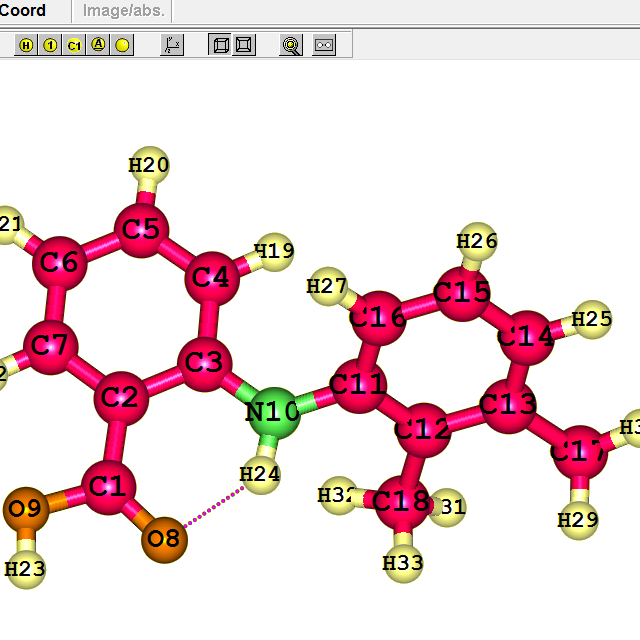Preprint
Article
Discrimination of Acne Vulgaris with Human Scalp Hair Tissues Using FTIR-ATR Spectroscopy
This version is not peer-reviewed.
Submitted:
02 August 2020
Posted:
04 August 2020
You are already at the latest version
Abstract
Acne vulgaris is a chronic skin disease, which occurs due to inflammation of the hair follicles and sebum producing (sebaceous) glands of the skin called pilosebaceous unit and the anaerobic propionic acne bacterium, P.acne. Human sebum is dominantly made up of 57.5% of triglycerides and fatty acids, 26%wax esters, 12% Squalene and 4.5% Cholesterol. The increased level Androgen hormone, sebum lipid composition, P.acne over growth which induces monocytes and pro inflammatory cytokines attracts neutrophils, basophils, and T cells to the pilosebaceous unit and drive epithelial hyper proliferation i.e., Acne vulgaris. The actual biomolecular changes due to acne vulgaris disease are present in the blood, in the sebum, and in the noninvasive sample of human scalp hair follicles. The main objectives of the present study are to analyze human scalp hair follicles samples using FTIR-ATR spectroscopy to compare and discriminate the spectral signatures of acne vulgaris and healthy scalp hair tissue samples through acne biomarkers Protein, Amide I, Amide II and Squalene (LDL), using the method of internal ratio parameters. This work represents a first step in the development of an analytical tool for future drug development.
Keywords:
Subject:
Medicine and Pharmacology - Dermatologysupplementary.zip (734.18KB )
Copyright: This open access article is published under a Creative Commons CC BY 4.0 license, which permit the free download, distribution, and reuse, provided that the author and preprint are cited in any reuse.
Alerts
MDPI Initiatives
Important Links
© 2025 MDPI (Basel, Switzerland) unless otherwise stated






